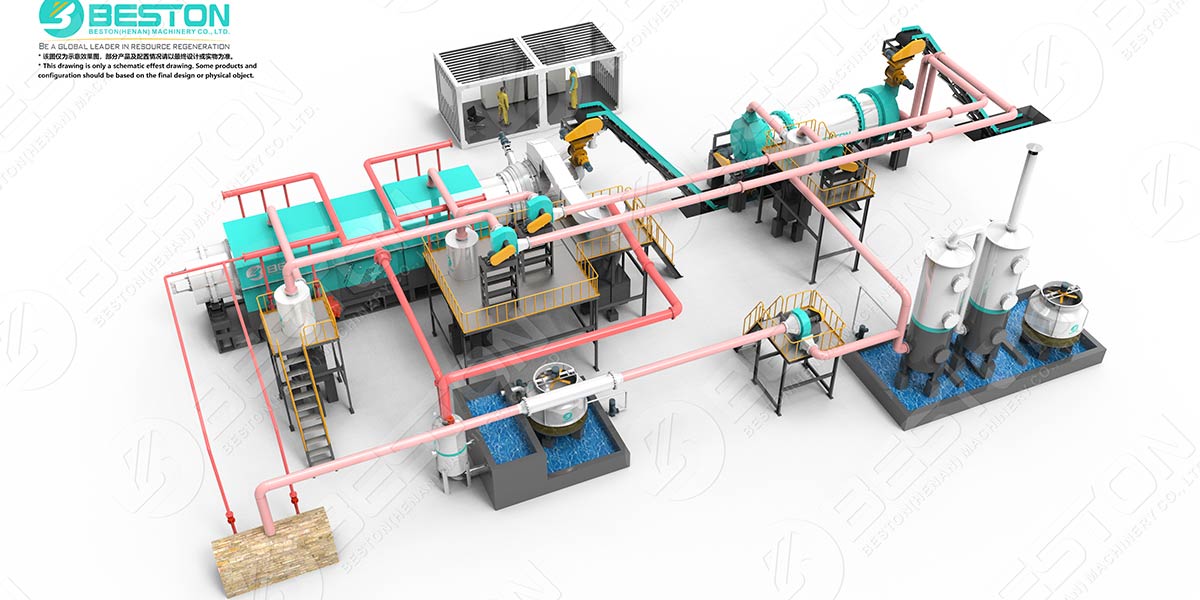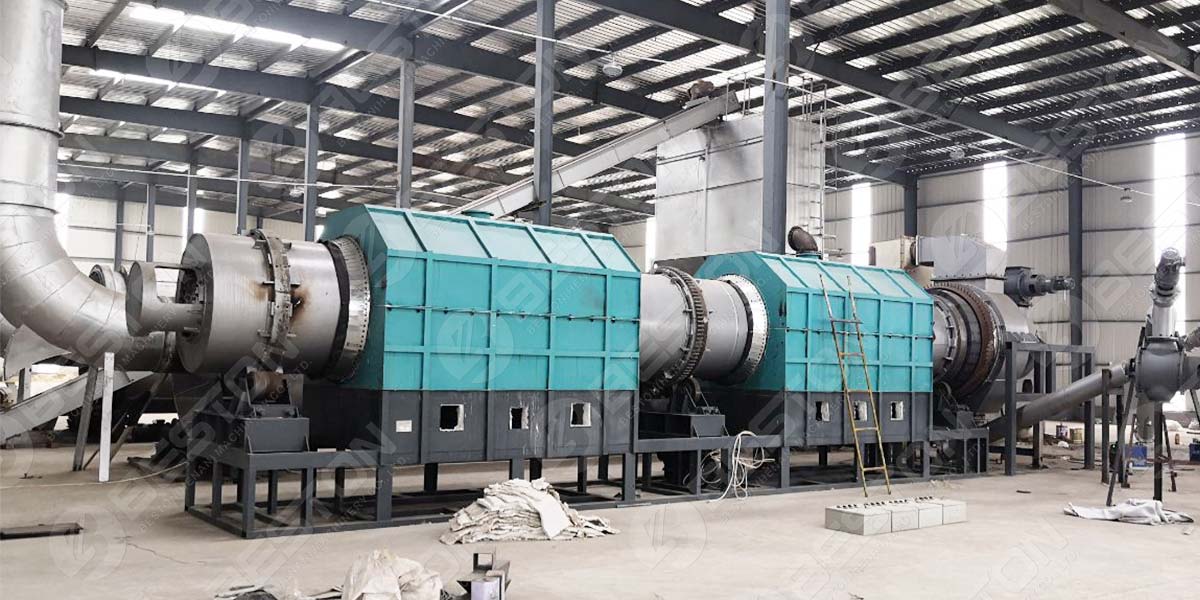In today’s industrial setting, there is always a search for new and innovative ways to improve efficiency and reduce costs. That’s why more and more companies are turning to rice hull carbonizers. These devices convert rice hulls into carbon dioxide gas, which can then be used in many different applications. If you’re looking for a way to improve your efficiency, a rice hull carbonizer may be just what you need.
What Are the Benefits Of Using a Rice Hull Carbonizer?
A rice hull carbonizer is a machine that is used to convert rice hulls into carbon. Rice hulls are the hard outer shells of rice grains that are typically discarded. However, they can be used to create a type of activated charcoal that is known as rice hull carbon. This carbon is extremely porous and has a large surface area, making it ideal for adsorption. Additionally, it is chemically inert and non-toxic, making it safe for use in a variety of applications.
Some common uses for rice hull carbon include filtering water and air, adsorbing oil spills, and absorbing odors. As a result, the rice hull carbonizer offers a versatile and environmentally friendly solution for dealing with a variety of waste products.

How Does a Rice Hull Carbonizer Work?
A rice hull carbonizer is a machine that can convert rice hulls into charcoal. The process typically involves three steps: pyrolysis, gasification, and combustion. In the first step, the rice hulls are placed in a chamber and heated to a high temperature. This causes the hulls to break down into gaseous compounds. Next, the gasses are passed through a series of filters that remove impurities. Finally, the resulting mixture is combusted in order to produce charcoal. More information on charcoal making machine here.
Rice hull carbonizers are typically used in industrial settings in order to create charcoal for use in manufacturing or power generation. However, they can also be used on a smaller scale to produce charcoal for use in grilling or barbecuing.
Are There Any Drawbacks to Using a Rice Hull Carbonizer?
While a rice hull carbonizer can be a useful tool for reducing agricultural waste, there are some potential drawbacks to consider. Perhaps the most significant downside is the emissions that are produced during the carbonization process. Rice hulls contain a high percentage of lignin, which is a complex polymer that releases harmful gases when burned.
In addition, the carbonization process itself can reach temperatures above 700 degrees Celsius, creating additional emissions. As a result, it is important to carefully consider the environmental impact of using a rice hull carbonizer before making the decision to use one. See the wood charcoal making machine here.

How Much Does A Rice Hull Carbonizer Cost?
Many people are interested in rice hull carbonizers because they offer an environmentally friendly way to dispose of rice hulls. Rice hulls are the hard outer shells of rice grains that are typically removed before the rice is milled. They can be used as fuel, but they are also a major source of pollution if they are not burned properly. A good quality rice hull carbonizer can cost anywhere from $1,500 to $15,000. But, when you compare the cost of a biomass pyrolysis plant to the cost of disposing of rice hulls in a landfill, it is clear that the carbonizer is a much better investment. Not only will it save you money in the long run, but it will also help to reduce your carbon footprint.